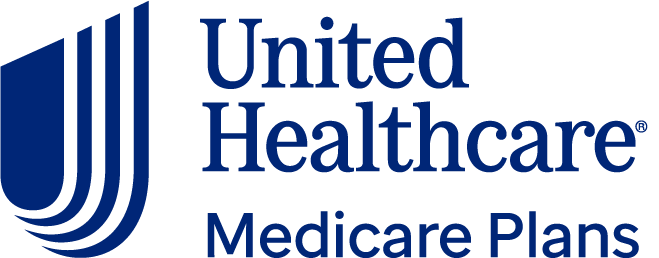Is Medicare Free?
Medicare Part A is premium-free for most people, however, there may be other associated costs.

Many, or all, of the products featured on this page are from our advertising partners who compensate us when you take certain actions on our website or click to take an action on their website. However, this does not influence our evaluations. Our opinions are our own. Here is a list of our partners and here's how we make money.
Medicare Part A, which covers hospital care and related services, is the only part of Medicare that has free premiums (for the majority of recipients). The other parts of Medicare come with some type of monthly premium, with the exception of some Medicare Advantage plans.
Most people (about 99%) who have Medicare Part A don’t have to pay a premium, according to the Centers for Medicare & Medicaid Services (CMS).
Is Medicare Part A free?
To qualify for premium-free Medicare Part A, you (or your qualifying current or former spouse) need to have worked and paid Medicare taxes for a specific period of time, typically at least 10 years (or 40 quarters). According to Medicare.gov, you won’t have to pay a premium for Part A coverage if:
You qualify for (or are already receiving) retirement or disability benefits from Social Security or the Railroad Retirement Board.
You qualify for Medicare before you reach 65 years old.
If you don’t qualify for premium-free Medicare Part A, you may be able to buy the hospital coverage. For those who have to purchase Medicare Part A, the premium depends on how many qualifying quarters you worked and paid Medicare taxes:
If you paid Medicare taxes for 30 to 39 quarters, the Part A premium is $285 per month in 2025.
If you paid Medicare taxes for fewer than 30 quarters, the Part A premium is $518 per month in 2025.
Shopping for Medicare plans? We have you covered.

3.93
CMS Star Rating
from UnitedHealthcare

3.63
CMS Star Rating
Are there any other costs associated with Medicare Part A?
Even if your Medicare Part A is premium-free, there are other associated costs with this hospital insurance that you should be aware of. The table below summarizes your share of costs when in a hospital or skilled nursing care. Depending on the specifics of your Medicare Supplement Insurance, or Medigap, plan or Medicare Advantage policy, these costs may be covered by that insurance.
Services | Costs* |
|---|---|
Inpatient hospital care |
|
Skilled nursing facility care |
|
Hospice |
|
Home health services |
|
*Your share of Part A costs if you don't have supplemental insurance that covers these deductibles and coinsurance charges.
Are the other parts of Medicare free?
In general, you’ll pay a monthly premium for each part of Medicare, depending on which parts you’re enrolled in:
Part of Medicare | Monthly cost |
|---|---|
Part A (hospital insurance) | Typically $0. |
Part B (medical insurance) | Typically $174.70 in 2024 ($185 in 2025). |
Part C (Medicare Advantage) | $18.23, on average, in 2024 ($17 in 2025). |
Part D (prescription drugs) | $53.95, on average, in 2024 ($46.50 in 2025). |
Medigap | Varies by plan. |
Medicare Part C (Medicare Advantage), Medicare Part D (prescription drug coverage) and Medigap plans are sold by private health insurance companies. These companies set the premiums, and the majority of Medicare Advantage plans have a $0 premium. (However, if you purchase Medicare Advantage, you're still responsible for the Medicare Part B premium, which is $185 per month in 2025.)
Is there help for Medicare costs?
There are a number of federal and state programs to help people on Medicare with limited income and resources pay for their health care and medications. These include:
Qualified Medicare Beneficiary Program (QMB): This Medicare Savings Program helps pay premiums for Medicare Part A and Part B. When on the QMB program, Medicare providers can’t bill you for deductibles, coinsurance or copayments for covered items and services, except outpatient prescription drugs.
Specified Low-Income Medicare Beneficiary Program (SLMB): This Medicare Savings Program helps pay Medicare Part B premiums only.
Qualifying Individual Program (QI): This Medicare Savings Program helps pay Medicare Part B programs only and requires you to reapply every year.
Qualified Disabled and Working Individuals Program (QDWI): This Medicare Savings Program is open to people who are living with a disability and working. It helps pay Medicare Part A premiums only.
Supplemental Security Income (SSI): This Social Security cash benefit is available to people with limited income who are blind, living with a disability or age 65 and older.
Medicaid: A joint federal and state program that helps pay medical costs.
Extra Help: This Medicare program helps pay Medicare prescription drug costs. You automatically qualify for Extra Help if you qualify for any of the Medicare Savings Programs, SSI or Medicaid.
» MORE: What if I can’t afford Medicare?

